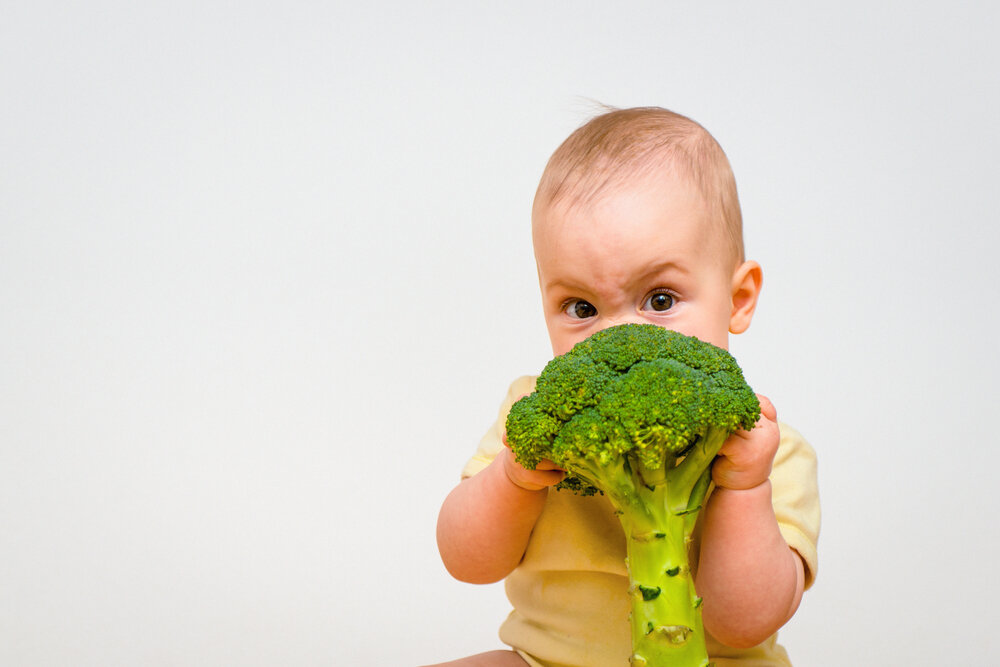Can formula fed babies cluster feed
Cluster Feeding Your Newborn: Helpful Tips
If you’re breastfeeding, you might find that your little one sometimes keeps you busier than usual from time to time. Occasional sudden increases in the frequency of feeds, usually caused by growth spurts, are sometimes known as cluster feeding.
Cluster feeding affects breastfeeding moms in particular; however, formula-fed babies can also feed more frequently at certain stages of development.
Why do babies cluster feed? When does cluster feeding start? When might it end? What’s the best way to cope with a cluster-feeding baby? Keep reading for the answers to these questions and more.
What Is Cluster Feeding?
Cluster feeding is a term used to describe when a breastfed baby wants to be fed more often than usual at certain times of the day.
Every baby is different, so it’s difficult to define precisely when normal feeding crosses the line to become cluster feeding. As a breastfeeding mom, what you’ll notice is a marked increase in the number of feeds compared to what’s been normal so far.
But what does normal even mean, given that the frequency of your little one’s feeds tends to change anyway as your little one grows?
Well, right after birth, your newborn baby’s stomach is still very small, so in the first few days it’s normal for your little one to eat very often — perhaps every one to three hours — to get all the nutrients she needs.
Then, during your baby’s first few weeks and later when your baby is about 1 month old and 2 months old, her stomach gets bigger and she gradually starts taking more milk at each feed. The gaps between feeds also usually get longer.
If your baby starts cluster feeding, this trend is suddenly reversed. When this happens, it might seem as if you’re back to square one, and that your little one has reverted to the constant feeding you experienced in those first few days or weeks.
But don’t worry: Cluster feeding is a common and normal stage in your baby’s development. While it may be a little more tiring for you, it’s actually helping her grow and develop.
While it may be a little more tiring for you, it’s actually helping her grow and develop.
Why Does a Newborn Baby Start Cluster Feeding?
Bouts of cluster feeding can occur if your little one is having a growth spurt and needs more food to fuel this rapid development.
Despite their name, growth spurts aren’t always related to an increase in your baby’s size and weight; you could also see a spike in your little one’s appetite when she’s working on developing new mental or motor skills.
In the first year, babies tend to experience the most rapid growth in the first two months after birth, so there may be a higher chance of cluster feeding during this period.
A growth spurt often occurs at around the beginning of the second week, and another one is common between three and six weeks, but every baby is different. There’s no knowing precisely when your little one’s hunger pangs will strike, or how long the cluster feeding phase will last.
Do Formula-Fed Babies Cluster Feed?
The short answer is yes, they can. Although formula-fed babies usually feed less often than breastfed ones because breast milk is digested faster than formula, formula-fed babies, of course, also experience growth spurts — and the associated munchies — as well.
If you’re formula feeding your little one, there’s a chance that she may eat more frequently — and even cluster feed — during these periods, too; but it’s also possible that the interval between feeds will stay more or less the same and she’ll just want to take a little more at each feed. Paced bottle feeding is a good method to use if you prefer your baby having more control over the pace of feeding.
How Long Does Cluster Feeding Last?
Feeding patterns can vary continuously for as long as your baby is breastfed or formula-fed, but bouts of cluster feeding generally occur during the first few weeks and months after your little one is born.
How to Deal With Cluster Feeding
Bouts of cluster feeding can make those first few months — already a tiring time — seem more challenging, but it’s important to go with the flow and ride out those periods of more intensive feeding. Remember, the growth spurts won’t last forever.
In the meantime, try and get as much rest as you can in the “calmer” periods, and take steps to avoid getting sore nipples, such as making sure your baby’s mouth is deeply latched, and using different breastfeeding positions from time to time.
Rather than setting a rigid timetable for feeding your baby, keep an eye out for feeding cues — the signs that he’s hungry — and let him feed “on demand” as much as possible.
Signs that your baby is hungry include turning towards your breast (rooting) if he’s breastfeeding, as well as smacking his lips or putting a fist in his mouth and sucking on it.
Reach out to your healthcare provider or enlist the help of a lactation consultant if you need help with cluster feeding or any other aspect of breastfeeding.
Our downloadable go-to breastfeeding guide is also a great source of tips and advice.
How to Tell if Your Baby Is Still Eating the Right Amount
All the changes in feeding patterns that can occur during those first few months of your little one’s life can be confusing. If you’re at all unsure, check in with your baby’s healthcare provider.
In the meantime, here are some ways to check your baby is getting enough milk:
Pay attention to your baby’s feeding cues. If you’re breastfeeding, it’s hard to be sure exactly how much milk your little one’s had. Keep in mind that your baby’s feeding sessions can vary in length, and he’ll usually stop eating when he’s feeling full. If you’re bottle-feeding, you might be unsure whether your little one has gotten all the breast milk or formula he needs from the bottle. Signs that he’s still hungry might include putting his hand in his mouth or smacking his lips after draining the feeding bottle dry. Fidgeting or looking distracted mid-feed could mean he’s no longer hungry.
 As your little one’s feeding patterns become established, you’ll soon get to know his unique signals and cues.
As your little one’s feeding patterns become established, you’ll soon get to know his unique signals and cues.Keep an eye on your baby’s growth. As long as your little one’s size and weight gain are on track, he’s probably eating the right amount. Your baby’s healthcare provider will be keeping track of all this for you.
Count those dirty diapers. What goes in must come out, so counting wet and poopy diapers is another way of keeping tabs on your baby’s intake of fluid and nutrients. After the first 5 days, around 6 or more heavy wet diapers and about 3 or 4 poopy ones every 24 hours is a good sign that your little one is getting enough milk. Incidentally, all those diapers — whether they end up filled with meconium, regular poop, or pee — could be earning you great gifts, discounts, and coupons. Download the Pampers Rewards app to get started.
Will Cluster Feeding Make My Breast Milk Run Out?
Your little one’s feeding actually stimulates milk production, so in most cases your body will ramp up the supply to meet demand during periods of cluster feeding.
Stress or illness may decrease your milk supply temporarily. Ways of overcoming these temporary glitches include staying hydrated, eating healthily, and getting a little more rest (if you can).
Some medications can also affect your milk supply. If you think a medicine that you’re taking could be reducing the amount of breast milk you make, talk to your healthcare provider. Your provider might be able to suggest an alternative medication for you while you’re breastfeeding.
If you think you might not be producing enough milk, you can always ask your provider or a lactation consultant for personalized advice on how to increase your breast milk supply.
Caring for a newborn baby is a full-time job and, just like any other rewarding occupation, it can have its more relaxed and its busier periods. For most moms, times of cluster feeding fall into the latter category!
But there’s a big upside to all of this: As you watch your little one growing and changing from day to day, simply knowing that each bout of cluster feeding is fueling the next stage of your baby’s development will make the extra effort seem worth it in the end.
What Is Cluster Feeding & How Does It Work? – Forbes Health
If it feels like your newborn wants to nurse or take a bottle practically nonstop, don’t be alarmed, experts say: They may be in a stage of early childhood development known as cluster feeding.
Here’s everything you need to know about cluster feeding, why it happens and how to manage this stage of your baby’s development.
featured partner offer
Partner Offers feature brands who paid Forbes Health to appear at the top of our list. While this may influence where their products or services appear on our site, it in no way affects our ratings, which are based on thorough research, solid methodologies and expert advice. Our partners cannot pay us to guarantee favorable reviews of their products or services
Bird&Be Prenatal Essentials For Women
- Contains 24 bioavailable nutrients that support your fertility
- Comes with 30 daily convenient packs
- Formulated by fertility specialists
- Made with Methylated Folate (plus Folic Acid), Choline and algae-based DHA
Shop Now
On Bird&Be's Website
What Is Cluster Feeding?
Most babies feed every two to three hours with a nap between feedings. Cluster feeding, however, occurs when your baby demands nearly back-to-back feedings with little to no downtime in between, followed by a longer than usual stretch of sleep. For a few babies, this is their regular feeding pattern.
Cluster feeding, however, occurs when your baby demands nearly back-to-back feedings with little to no downtime in between, followed by a longer than usual stretch of sleep. For a few babies, this is their regular feeding pattern.
However, even if your baby has a steady eat and sleep pattern, you may still experience cluster feeding on occasion. Although it happens primarily with breastfed babies, it can also occur to a lesser degree with bottle-fed babies. “It’s just a lot of feedings grouped very closely together over a span of several hours,” says Morgan Hedley, a certified lactation education specialist in Los Angeles.
“Normally, you’ll find yourself falling into a rhythm with your baby where they feed every two or three hours throughout the day,” she says. “Then, all of a sudden, they have an intense desire to breastfeed nonstop. You can literally be feeding for two-hour stretches without any break in between.”
Cluster feeding is a common phenomenon in young babies. It happens with most infants, so don’t be alarmed if your baby starts feeding more often than usual in the first few weeks of life. It doesn’t mean they aren’t getting enough milk—it simply means they’re adjusting your milk production. This is sometimes referred to as a “growth spurt,” though there is no evidence that a change in growth coincides with a change in feeding pattern—instead, a more accurate phrase for growth spurt is high-frequency days.
It happens with most infants, so don’t be alarmed if your baby starts feeding more often than usual in the first few weeks of life. It doesn’t mean they aren’t getting enough milk—it simply means they’re adjusting your milk production. This is sometimes referred to as a “growth spurt,” though there is no evidence that a change in growth coincides with a change in feeding pattern—instead, a more accurate phrase for growth spurt is high-frequency days.
Why Does Cluster Feeding Happen?
Cluster feeding typically occurs in the first few weeks of a baby’s life, according to La Leche League, an international nonprofit that advocates for breastfeeding moms. In addition to soothing your baby, cluster feeding doubles as nature’s way of boosting milk production in a new mom while their body adjusts to supplying lots of milk for their hungry newborn.
Although this phase can be exhausting, experts agree that cluster feeding is a healthy and normal stage of infant development. In fact, it’s completely normal for new babies to nurse six to 18 times a day.
In terms of health benefits, cluster feeding provides your baby with increased calories and fluids, both of which are essential during high-frequency days. Meanwhile, risks or pitfalls can include mistaking cluster feeds for a medical condition. If you’re concerned your baby isn’t getting enough breast milk or formula, or that your baby is having other feeding problems, reach out to a lactation consultant and your pediatrician. They can help you problem-solve and address underlying health issues.
When Do Babies Cluster Feed?
Although every baby is different, cluster feeding during high-frequency days usually occurs at 2 to 3 weeks, 6 weeks, 3 months and 6 months of age.
“Cluster feeding is a natural rhythm of feeding for newborns to help them get the nutrients they need, but also to help stimulate milk supply,” says pediatrician Natalie Digate Muth, M.D., a spokesperson for the American Academy of Pediatrics.
How Cluster Feeding Can Impact Your Milk Supply
In most cases, the more often you nurse, the more milk your body will produce.
“Cluster feeding increases your milk supply,” says Hedley. “There’s a lot of myths around how we should increase our milk. But at the end of the day, it really comes down to feeding your baby when they want to be fed.”
“Of course, there are rare medical exceptions, but you’re typically going to make as much milk as your baby wants,” she adds. “Cluster feeding is important because it shows our body that we have a newborn baby that needs to be fed very frequently.”
Cluster Feeding Formula-Fed Babies
Cluster feeding is most common in breastfed babies. However, it can occur in formula-fed babies, too.
“It certainly doesn’t happen in the same way as breastfeeding,” says Tobey Seidberg, M.D., a pediatrician in Syracuse, New York. “Bottle-fed babies generally eat every three to four hours. There may be a couple of times during the day where they eat every hour-and-a-half or hour, [which could be considered cluster feeding], but it’s not with the same kind of frequency, and they don’t tend to do that very long term.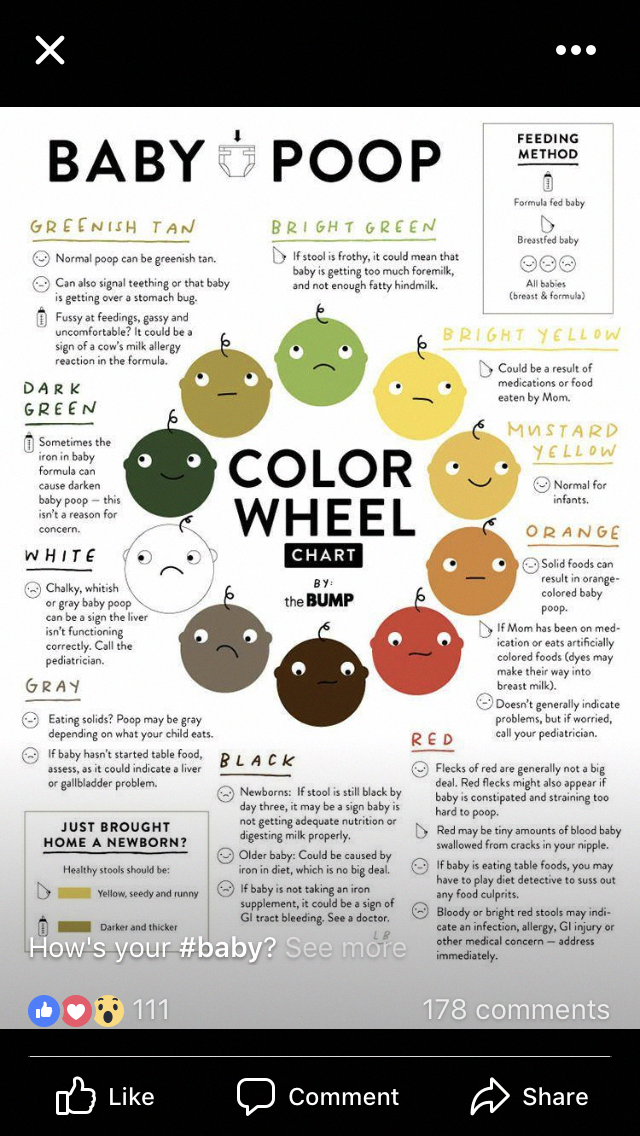 ”
”
This difference occurs because breast milk is harder to measure than milk from a bottle.
“A lot of babies cluster feed,” says Corky Harvey, a registered nurse, board-certified lactation consultant and co-founder of The Pump Station & Nurtury in Los Angeles. Babies who like to breastfeed for comfort often look like cluster feeders. They are content when they are nursing, whether it be for nutrition or pacifying.
It is easier for parents to tell the difference between sucking for food or comfort when a baby bottle feeds. “The main difference is that it’s easier for parents who bottle-feed to recognize that their baby has already had three ounces, so they stop feeding them. They already know exactly how much they drank. Breastfeeding parents can’t [always] tell how much their baby ate.”
How Long Does Cluster Feeding Last?
Newborn cluster feedings may feel endless, but they (thankfully) are just phases.
“Cluster feeding [during high-frequency days] usually only lasts a few days, max,” says Hedley.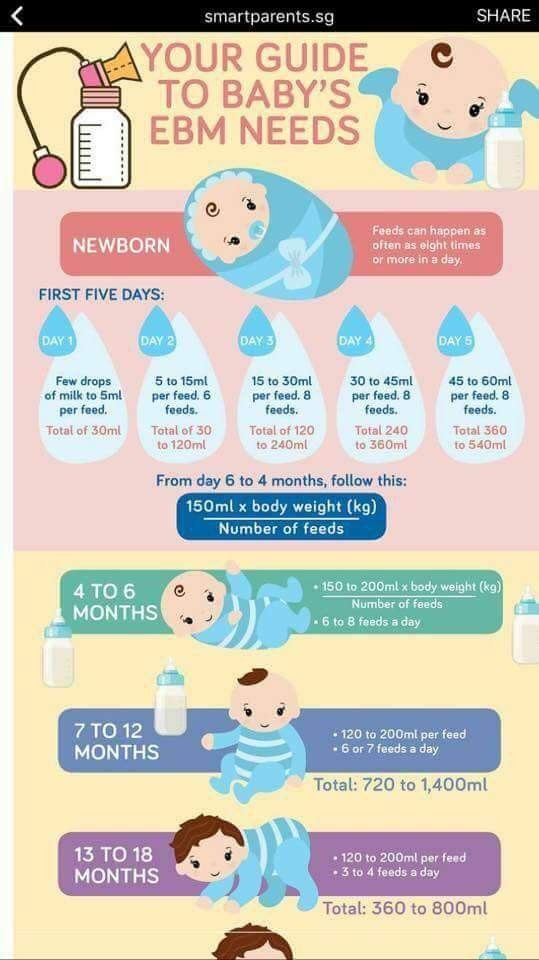 “That doesn’t mean there isn’t another ‘growth spurt’ around the corner, so sometimes people think it’s lasting weeks when it’s really just multiple growth spurts. They usually stop by age 1 and the really long, [intense] feedings typically curtail at about three months.”
“That doesn’t mean there isn’t another ‘growth spurt’ around the corner, so sometimes people think it’s lasting weeks when it’s really just multiple growth spurts. They usually stop by age 1 and the really long, [intense] feedings typically curtail at about three months.”
Cluster feeding spurts usually start at birth while your body is transitioning from colostrum—the highly concentrated first milk you produce—to mature milk. In most cases, cluster feeding lasts for only a few days, but these feeding frenzies typically occur again at 2 to 3 weeks, 6 weeks, 3 months and 6 months, before tapering off around one year.
Pro Tips for Cluster Feeding
Cluster feeding can be an overwhelming experience for new moms, so it’s important to prioritize self-care.
“My biggest tip is to just to step back and realize that everyone goes through this,” says Hedley. “Take it 10 minutes at a time. Get through the first 10 minutes, then move on to the next 10. From a self-care perspective, have your home set up so that it’s very comfortable.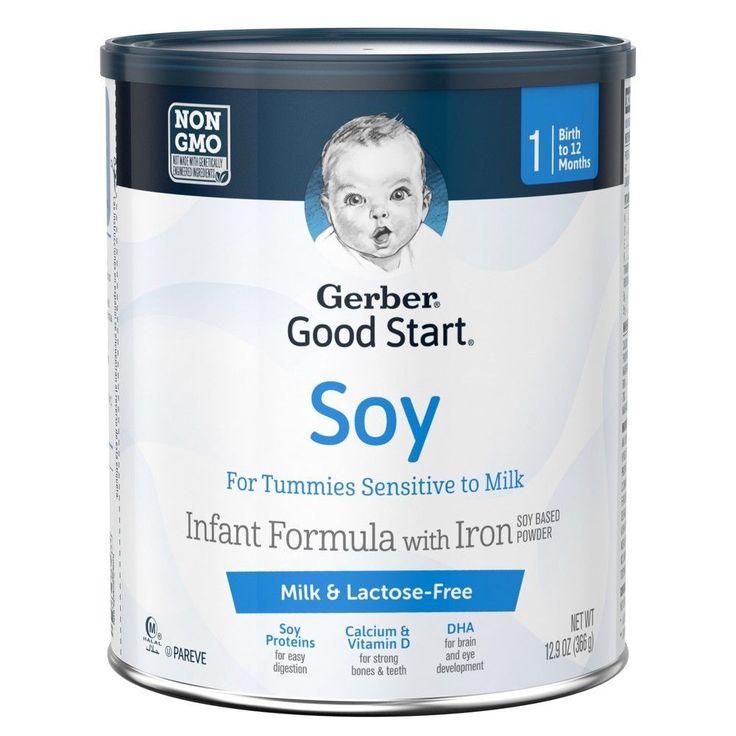 Have a little basket with water, a phone charger and snacks set up so that when you’re cluster feeding, you have access to whatever you need.”
Have a little basket with water, a phone charger and snacks set up so that when you’re cluster feeding, you have access to whatever you need.”
Some tips to keep in mind when your baby’s going through a cluster feeding stage:
- Ask a family member or friend to care for your baby between feedings so you can shower or relax.
- Set up a cozy nursing station with a comfortable chair and footrest.
- Read a book or watch your favorite movie during late-night feedings.
- Join a virtual or in-person support group for new moms.
- Delegate chores like cooking, laundry and cleaning to others so you can rest while your baby is sleeping.
How to Stop Cluster Feeding
While you can’t really stop cluster feeding, you have options when it comes to how you manage it.
“There’s not going to be a one-size-fits-all kind of answer,” says Dr. Seidberg. “Some people are just going to say, ‘Well, it’s fine. I’m just gonna keep this baby strapped to me and do the best that I can do.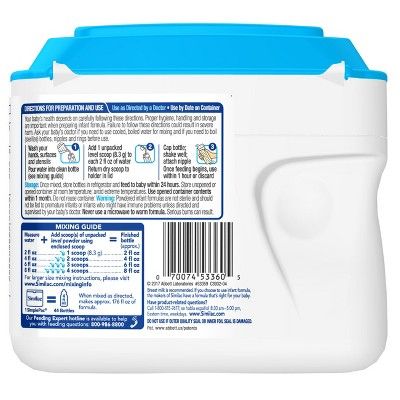 ’ Other people are going to say, ‘That’s absolutely not going to work for me. I’m giving you to your dad for an hour and I’m going to take a shower.’ It partly comes down to figuring out if your baby is feeding because they’re hungry or because it’s comforting.”
’ Other people are going to say, ‘That’s absolutely not going to work for me. I’m giving you to your dad for an hour and I’m going to take a shower.’ It partly comes down to figuring out if your baby is feeding because they’re hungry or because it’s comforting.”
You can choose to not engage in cluster feeding by breastfeeding by offering a set amount of your breast milk or formula in a bottle (a top-up), or offering a pacifier after breastfeeding. But if your baby is cluster feeding to increase your milk supply, you are potentially putting your supply at risk by not engaging in high-frequency days every now and then.
It can be hard to tell the difference between cluster feeding for comfort as opposed to hunger. Babies tend to associate moms with nursing, so, if you’ve already fed them and checked to make sure they have a clean diaper, try passing them off to another caregiver. “If it’s comfort, sometimes you need to get somebody else involved so you can get a break,” says Dr. Seidberg.
Seidberg.
You May Also Be Interested In Products For Pregnancy From Our Featured Partner
Ritual Essential Prenatal Multivitamin
Learn More
On Ritual's Website
Cost
$0.58
per capsule
Features
Gluten Free, Major Allergen Free, Vegan-friendly, Non-GMO
Key Nutrients
Iron, Vitamin D, Magnesium, Folate, Iodine
Ritual Essential Protein Daily Shake Pregnancy & Postpartum
Learn More
On Ritual's Website
Cost
$2.63
per serving
Protein Per Serving
20 grams of plant-based protein
Features
Non-GMO, Gluten Free, Major Allergen Free, Vegan Friendly
Ritual Essential Duo Pregnancy
Learn More
On Ritual's Website
Cost
$60
includes prenatal multivitamin bottle and pregnancy and postpartum protein bag
Features
Gluten Free, Major Allergen Free, Vegan-friendly, Non-GMO
(Note: Product details and prices are accurate as of publication and are subject to change.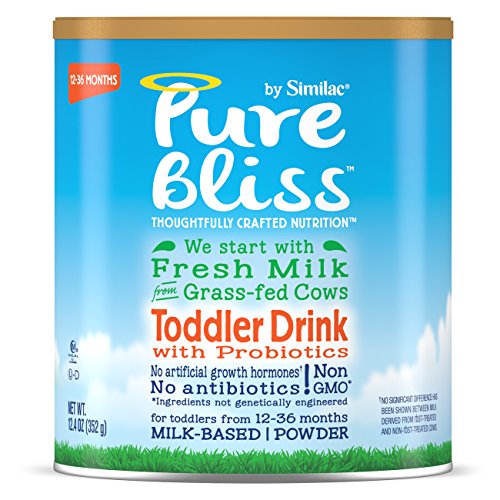 )
)
Breastfeeding in the first month: what to expect
Not sure how to establish lactation and increase milk production? If you need help, support, or just want to know what to expect, read our first month breastfeeding advice
Share this information
The first weeks of breastfeeding are a very stressful period. If at times you feel like you can't handle it, know that you are not alone. Feeding your baby all day long is completely natural and helps produce breast milk, but can be quite tiring at times. Be patient, think about yourself and remember: after the first month, when milk production stabilizes, it will become easier.
How often should a baby be breastfed?
Babies are born with a small stomach that grows rapidly with increasing milk production: in the first week it is no larger than an apricot, and after two weeks it is already the size of a large chicken egg. 1.2 Let the child eat as much as he wants and when he wants.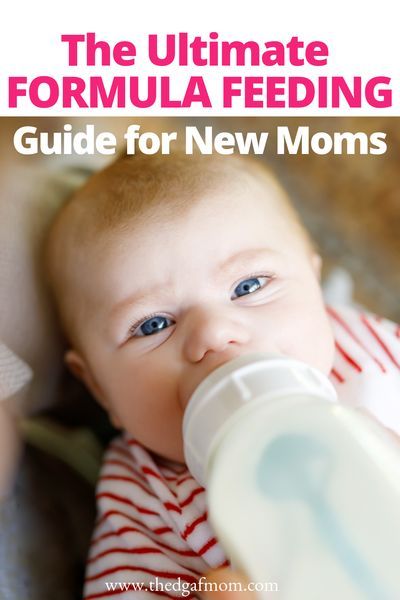 This will help him quickly regain the weight lost after birth and grow and develop further.
This will help him quickly regain the weight lost after birth and grow and develop further.
“Be prepared to feed every two to three hours throughout the day. At night, the intervals between feedings can be longer: three to four or even five hours, says Cathy Garbin, a recognized international expert on breastfeeding. Some eat quickly and are satiated in 15 minutes, while others take an entire hour to feed. Do not compare your breastfeeding regimen with that of other mothers - it is very likely that there will be nothing in common between them.
At each feed, give your baby a full meal from one breast and then offer a second one, but don't worry if the baby doesn't take it. When the baby is full, he lets go of his chest and at the same time looks relaxed and satisfied - so much so that he can immediately fall asleep. The next time you feed, start on the other breast. You can monitor the order of the mammary glands during feeding using a special application.
Why does the child always ask for a breast?
The first month is usually the hardest time to breastfeed. But do not think that because the baby is constantly hungry and asks for a breast almost every 45 minutes, then you do not have enough milk.
But do not think that because the baby is constantly hungry and asks for a breast almost every 45 minutes, then you do not have enough milk.
In the first month, the baby needs to eat frequently to start and stimulate the mother's milk production. It lays the foundation for a stable milk supply in the future. 3
In addition, we must not forget that the child needs almost constant contact with the mother. The bright light and noise of the surrounding world at first frighten the baby, and only by clinging to his mother, he can calm down.
Sarah, mother of three from the UK, confirms: “Crying is not always a sign of hunger. Sometimes my kids just wanted me to be around and begged for breasts to calm them down. Use a sling. Place the cradle next to the bed. Don't look at the clock. Take advantage of every opportunity to relax. Forget about cleaning. Let those around you take care of you. And not three days, but six weeks at least! Hug your baby, enjoy the comfort - and trust your body. "
"
Do I need to feed my baby on a schedule?
Your baby is still too young for a strict daily routine, so
forget about breastfeeding schedules and focus on his needs.
“Volumes have been written about how to feed a baby on a schedule, but babies don't read or understand books,” Cathy says. - All children are different. Some people can eat on a schedule, but most can't. Most often, over time, the child develops his own schedule.
Some mothers report that their babies are fine with scheduled feedings, but they are probably just the few babies who would eat every four hours anyway. Adults rarely eat and drink the same foods at the same time of day - so why do we expect this from toddlers?
Offer your baby the breast at the first sign of hunger. Crying is already the last stage, so be attentive to early signs: the baby licks his lips, opens his mouth, sucks his fist, turns his head with his mouth open - looking for the breast. 4
What is a "milk flush"?
At the beginning of each feed, a hungry baby actively sucks on the nipple,
thereby stimulating the milk flow reflex - the movement of milk through the milk ducts. 5
5
“Nipple stimulation triggers the release of the hormone oxytocin,” explains Cathy. “Oxytocin is distributed throughout the body and causes the muscles around the milk-producing glands to contract and the milk ducts to dilate. This stimulates the flow of milk.
If the flushing reflex fails, milk will not come out. This is a hormonal response, and under stress it may not work at all or work poorly. Therefore, it is so important that you feel comfortable and calm when feeding.
“Studies show that each mother has a different rhythm of hot flashes during one feeding,” Katie continues, “Oxytocin is a short-acting hormone, it breaks down in just 30-40 seconds after formation. Milk begins to flow, the baby eats, the effect of oxytocin ends, but then a new rush of milk occurs, the baby continues to suck on the breast, and this process is repeated cyclically. That is why, during feeding, the child periodically stops and rests - this is how nature intended.
The flow of milk may be accompanied by a strong sensation of movement or tingling in the chest, although 21% of mothers, according to surveys, do not feel anything at all. 5 Cathy explains: “Many women only feel the first rush of milk. If you do not feel hot flashes, do not worry: since the child eats normally, most likely, you simply do not understand that they are.
How do you know if a baby is getting enough milk?
Since it is impossible to track how much milk a baby eats while breastfeeding, mothers sometimes worry that the baby is malnourished. Trust your child and your body.
After a rush of milk, the baby usually begins to suckle more slowly. Some mothers clearly hear how the baby swallows, others do not notice it. But one way or another, the child himself will show when he is full - just watch carefully. Many babies make two or three approaches to the breast at one feeding. 6
“When a child has had enough, it is noticeable almost immediately: a kind of “milk intoxication” sets in. The baby is relaxed and makes it clear with his whole body that he is completely full, says Katie, “Diapers are another great way to assess whether the baby is getting enough milk. During this period, a breastfed baby should have at least five wet diapers a day and at least two portions of soft yellow stool, and often more.”
The baby is relaxed and makes it clear with his whole body that he is completely full, says Katie, “Diapers are another great way to assess whether the baby is getting enough milk. During this period, a breastfed baby should have at least five wet diapers a day and at least two portions of soft yellow stool, and often more.”
From one month until weaning at six months of age, a baby's stool (if exclusively breastfed) should look the same every day: yellow, grainy, loose, and watery.
When is the child's birth weight restored?
Most newborns lose weight in the first few days of life. This is normal and should not be cause for concern. As a rule, weight is reduced by 5-7%, although some may lose up to 10%. One way or another, by 10–14 days, almost all newborns regain their birth weight. In the first three to four months, the minimum expected weight gain is an average of 150 grams per week. But one week the child may gain weight faster, and the next slower, so it is necessary that the attending physician monitor the health and growth of the baby constantly. 7.8
7.8
At the slightest doubt or signs of dehydration, such as
dark urine, no stool for more than 24 hours, retraction of the fontanel (soft spot on the head), yellowing of the skin, drowsiness, lethargy, lack of appetite (ability to four to six hours without feeding), you should immediately consult a doctor. 7
What is "cluster feeding"?
When a baby asks to breastfeed very often for several hours, this is called cluster feeding. 6 The peak often occurs in the evening between 18:00 and 22:00, just when many babies are especially restless and need close contact with their mother. Most often, mothers complain about this in the period from two to nine weeks after childbirth. This is perfectly normal and common behavior as long as the baby is otherwise healthy, eating well, gaining weight normally, and appears content throughout the day. 9
Cluster feeding can be caused by a sharp jump in the development of the body - during this period the baby especially needs love, comfort and a sense of security.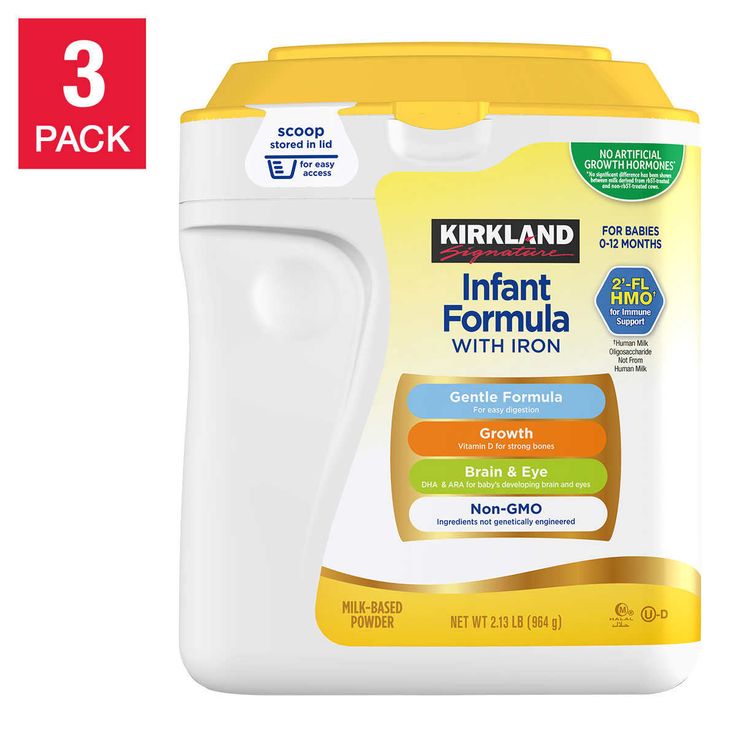 The growing brain of a child is so excited that it can be difficult for him to turn off, or it just scares the baby. 9 If a child is overworked, it is often difficult for him or her to calm down on his own and adult assistance is needed. And breastfeeding is the best way to calm the baby, because breast milk is not only food, but also pain reliever and a source of happiness hormones. 10
The growing brain of a child is so excited that it can be difficult for him to turn off, or it just scares the baby. 9 If a child is overworked, it is often difficult for him or her to calm down on his own and adult assistance is needed. And breastfeeding is the best way to calm the baby, because breast milk is not only food, but also pain reliever and a source of happiness hormones. 10
“No one told me about cluster feeding, so for the first 10 days I just went crazy with anxiety - I was sure that my milk was not enough for the baby,” recalls Camilla, a mother from Australia, “It was a very difficult period . I was advised to pump and supplement until I finally contacted the Australian Breastfeeding Association. There they explained to me what was happening: it turned out that it was not about milk at all.
Remember, this is temporary. Try to prepare dinner for yourself in the afternoon, when the baby is fast asleep, so that in the evening, when he begins to often breastfeed, you have the opportunity to quickly warm up the food and have a snack. If you are not alone, arrange to carry and rock the baby in turns so that you have the opportunity to rest. If you have no one to turn to for help and you feel that your strength is leaving you, put the baby in the crib and rest for a few minutes, and then pick it up again.
If you are not alone, arrange to carry and rock the baby in turns so that you have the opportunity to rest. If you have no one to turn to for help and you feel that your strength is leaving you, put the baby in the crib and rest for a few minutes, and then pick it up again.
Ask your partner, family and friends to help you with household chores, cooking and caring for older children if you have any. If possible, hire an au pair. Get as much rest as possible, eat well and drink plenty of water.
“My daughter slept a lot during the day, but from 23:00 to 5:00 the cluster feeding period began, which was very tiring,” recalls Jenal, a mother from the USA, “My husband tried his best to make life easier for me — he washed, cleaned, cooked, changed diapers, let me sleep at every opportunity and never tired of assuring me that we were doing well.”
If you are concerned about the frequency of breastfeeding, it is worth contacting a specialist. “Check with a lactation consultant or doctor to see if this is indicative of any problems,” recommends Cathy. “Resist the temptation to supplement your baby with formula (unless recommended by your doctor) until you find the cause. It may not be a matter of limited milk production at all - it may be that the child is inefficiently sucking it.
“Resist the temptation to supplement your baby with formula (unless recommended by your doctor) until you find the cause. It may not be a matter of limited milk production at all - it may be that the child is inefficiently sucking it.
When will breastfeeding become easier?
This early stage is very special and does not last long. Although sometimes it seems that there will be no end to it, rest assured: it will get easier soon! By the end of the first month, breast milk production will stabilize, and the baby will become stronger and learn to suckle better. 2.3 Any problems with latch on by this time will most likely be resolved and the body will be able to produce milk more efficiently so inflammation and leakage of milk will begin to subside.
“The first four to six weeks are the hardest, but then things start to get better,” Cathy assures. It just needs to be experienced!”
The longer breastfeeding continues, the more benefits it brings, from saving on formula and improving sleep quality 11–13 to boosting your baby's immune system 14 and reducing your risk of certain cancers.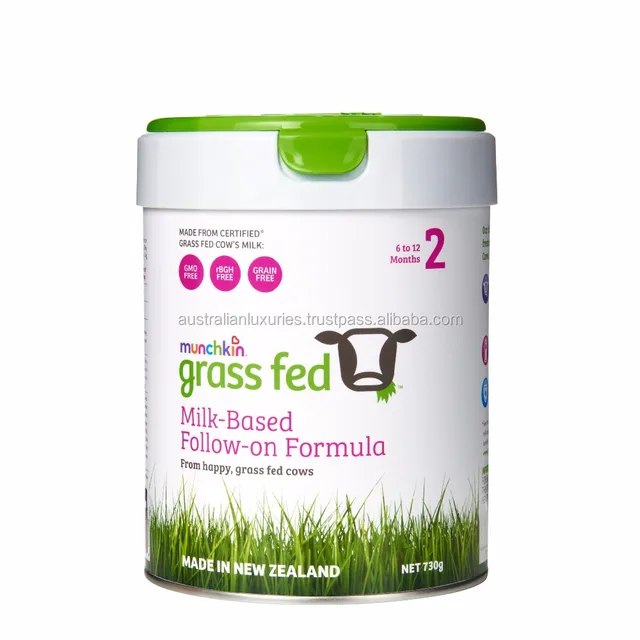 15
15
“When you feel like you're pushing yourself, try to go from feed to feed and day to day,” says Hannah, a UK mom. “I was sure I wouldn’t make it to eight weeks. And now I have been breastfeeding for almost 17 weeks, and I dare say it is very easy.”
Read the resource Breastfeeding Beyond the First Month: What to Expect
Literature
1 Naveed M et al. An autopsy study of relationship between perinatal stomach capacity and birth weight. Indian J Gastroenterol .1992;11(4):156-158. - Navid M. et al., Association between prenatal gastric volume and birth weight. Autopsy. Indian J Gastroenterol. 1992;11(4):156-158.
2 Neville MC et al. Studies in human lactation: milk volumes in lactating women during the onset of lactation and full lactation .Am J Clinl Nutr . 1988;48(6):1375-1386. at the beginning and at the peak of lactation." Am F Clean Nutr. 1988;48(6):1375-1386.
at the beginning and at the peak of lactation." Am F Clean Nutr. 1988;48(6):1375-1386.
3 Kent JC et al. Principles for maintaining or increasing breast milk production. J Obstet , Gynecol , & Neonatal Nurs . 2012;41(1):114-121. - Kent J.S. et al., "Principles for Maintaining and Increasing Milk Production". J Obstet Ginecol Neoneutal Nurs. 2012;41(1):114-121.
4 Australian Breastfeeding Feeding cues ; 2017 Sep [ cited 2018 Feb ]. - Australian Breastfeeding Association [Internet], Feed Ready Signals; September 2017 [cited February 2018]
5 Kent JC et al. Response of breasts to different stimulation patterns of an electric breast pump. J Human Lact . 2003;19(2):179-186. - Kent J.S. et al., Breast Response to Different Types of Electric Breast Pump Stimulation. J Human Lact (Journal of the International Association of Lactation Consultants). 2003;19(2):179-186.
2003;19(2):179-186. - Kent J.S. et al., Breast Response to Different Types of Electric Breast Pump Stimulation. J Human Lact (Journal of the International Association of Lactation Consultants). 2003;19(2):179-186.
6) Kent JC et al . Volume and frequency of breastfeedings and fat content of breast milk throughout the day. Pediatrics. 2006;117(3): e 387-395. - Kent J.S. et al., "Amount and frequency of breastfeeding and fat content of breast milk during the day." Pediatrix (Pediatrics). 2006;117(3):e387-95.
7 Lawrence RA, Lawrence RM. Breastfeeding: A guide for the medical profession. 7th ed. Maryland Heights MO, USA: Elsevier Mosby; 2010. 1128 p . - Lawrence R.A., Lawrence R.M., "Breastfeeding: A guide for healthcare professionals." Seventh edition. Publisher Maryland Heights , Missouri, USA: Elsevier Mosby; 2010.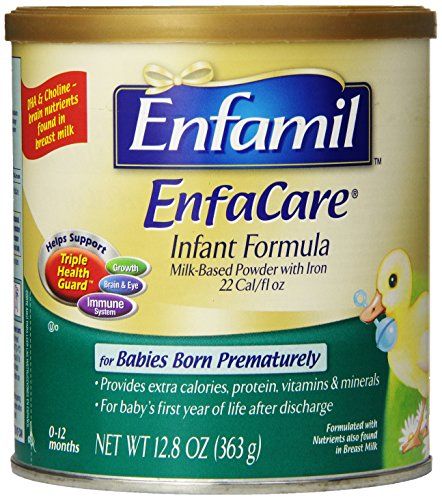 P. 1128.
P. 1128.
8 World Health Organization. [Internet]. Child growth standards; 2018 [cited 2018 Feb] - World Health Organization. [Internet]. Child Growth Standards 2018 [cited February 2018].
9 Australian Breastfeeding Association . [ Internet ]. Cluster feeding and fussing babies ; Dec 2017 [ cited 2018 Feb ] - Australian Breastfeeding Association [Internet], Cluster Feeding and Screaming Babies; December 2017 [cited February 2018].
10 Moberg KU, Prime DK. Oxytocin effects in mothers and infants during breastfeeding. Infant . 2013;9(6):201-206.- Moberg K, Prime DK, "Oxytocin effects on mother and child during breastfeeding". Infant. 2013;9(6):201-206.
11 U.S. Department of Health & Human Services [Internet].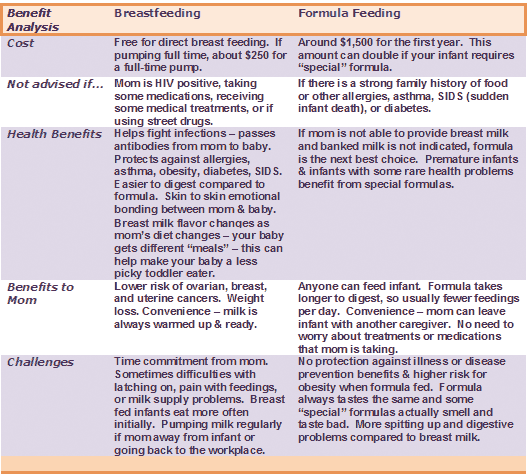 Surgeon General Breastfeeding factsheet; 2011 Jan 20 [cited 2017 Feb] - Department of Health and Human Services [Internet], "Breastfeeding Facts from the Chief Medical Officer", Jan 20, 2011 [cited Feb 2017]
Surgeon General Breastfeeding factsheet; 2011 Jan 20 [cited 2017 Feb] - Department of Health and Human Services [Internet], "Breastfeeding Facts from the Chief Medical Officer", Jan 20, 2011 [cited Feb 2017]
12 Kendall-Tackett K et al. The effect of feeding method on sleep duration, maternal well-being, and postpartum depression. clinical lactation. 2011;1;2(2):22-26. - Kendall-Tuckett, K. et al., "Influence of feeding pattern on sleep duration, maternal well-being and the development of postpartum depression." Clinical Lactation. 2011;2(2):22-26.
13 Brown A, Harries V. Infant sleep and night feeding patterns during later infancy: Association with breastfeeding frequency, daytime complementary food intake, and infant weight. Breast Med . 2015;10(5):246-252. - Brown A., Harris W., "Night feedings and infant sleep in the first year of life and their association with feeding frequency, daytime supplementation, and infant weight. " Brest Med (Breastfeeding Medicine). 2015;10(5):246-252.
" Brest Med (Breastfeeding Medicine). 2015;10(5):246-252.
14 Hassiotou F et al. Maternal and infant infections stimulate a rapid leukocyte response in breastmilk. Clin Transl immunology. 2013;2(4). - Hassiot F. et al., "Infectious diseases of the mother and child stimulate a rapid leukocyte reaction in breast milk." Clean Transl Immunology. 2013;2(4):e3.
15 Li DP et al. Breastfeeding and ovarian cancer risk: a systematic review and meta-analysis of 40 epidemiological studies. Asian Pac J Cancer Prev . 2014;15(12):4829-4837. - Lee D.P. et al., "Breastfeeding and the risk of ovarian cancer: a systematic review and meta-analysis of 40 epidemiological studies." Asia Pas J Cancer Prev. 2014;15(12):4829-4837.

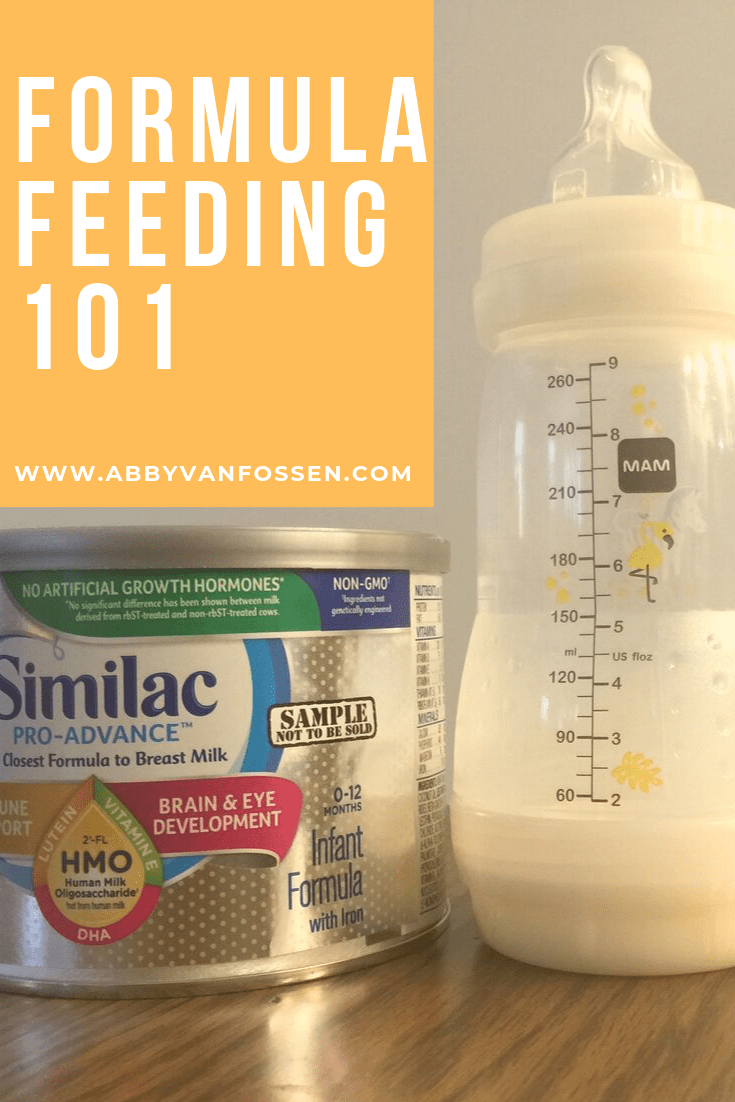 Your baby may need several feedings in a short period of time, leaving you exhausted and tired.
Your baby may need several feedings in a short period of time, leaving you exhausted and tired.  Cluster feeding of a newborn usually occurs in the evenings, but some babies may need it during the day.
Cluster feeding of a newborn usually occurs in the evenings, but some babies may need it during the day. 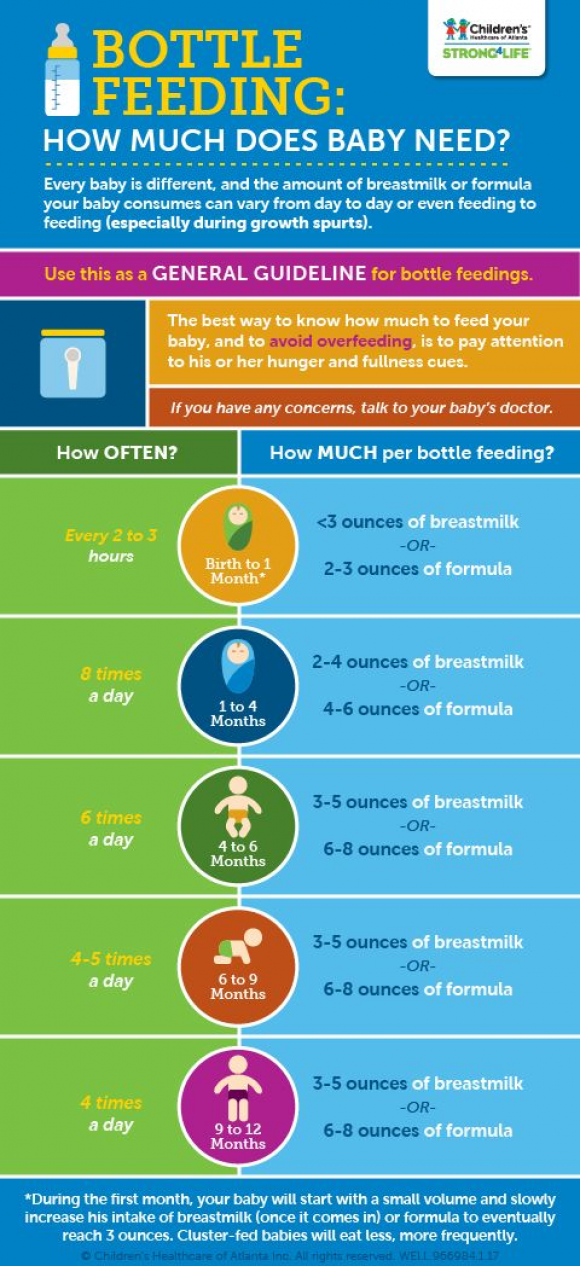 In fact, frequent feeding can increase milk supply. This is the baby's way of communicating with the breast in order to produce more milk.
In fact, frequent feeding can increase milk supply. This is the baby's way of communicating with the breast in order to produce more milk.  It depends on whether the baby feels a full tummy. Don't set a group feeding schedule for your child because this can lead to overeating when he doesn't need it.
It depends on whether the baby feels a full tummy. Don't set a group feeding schedule for your child because this can lead to overeating when he doesn't need it. 
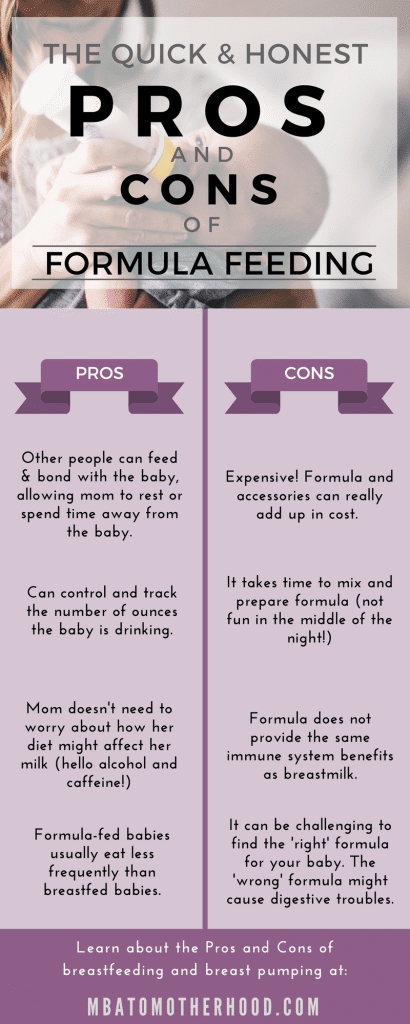 Cluster feeding promotes a better sleep cycle as they sleep for a long time after a hearty meal.
Cluster feeding promotes a better sleep cycle as they sleep for a long time after a hearty meal. 
